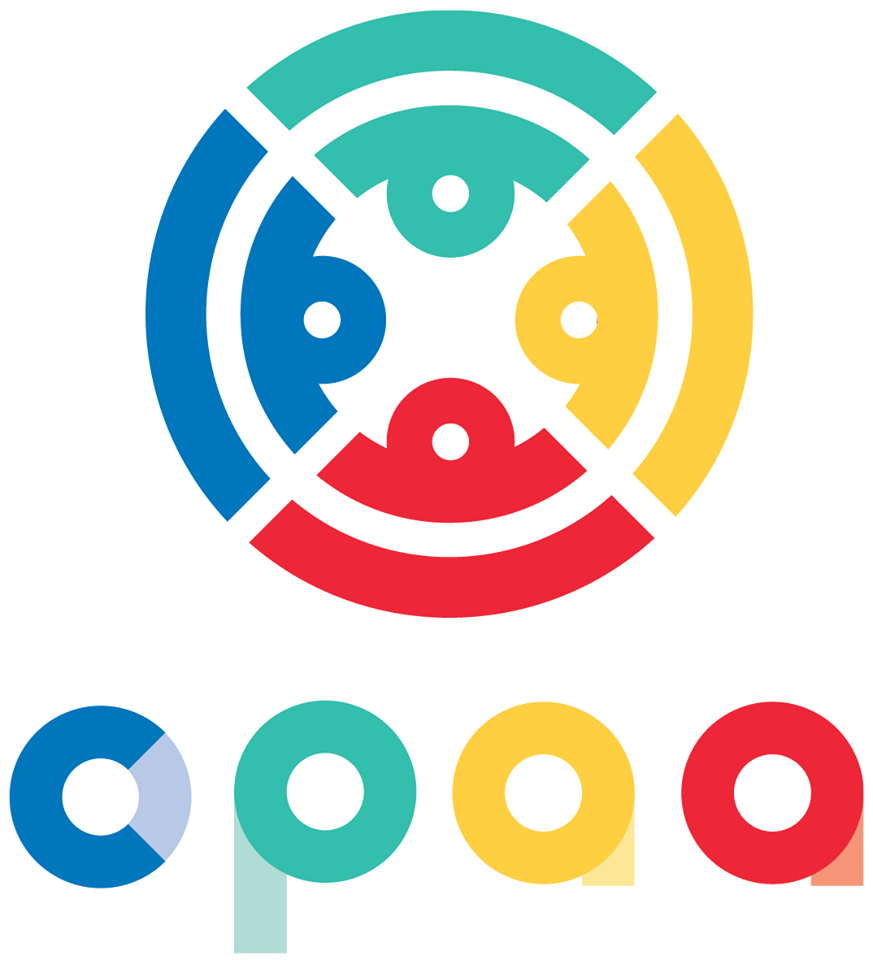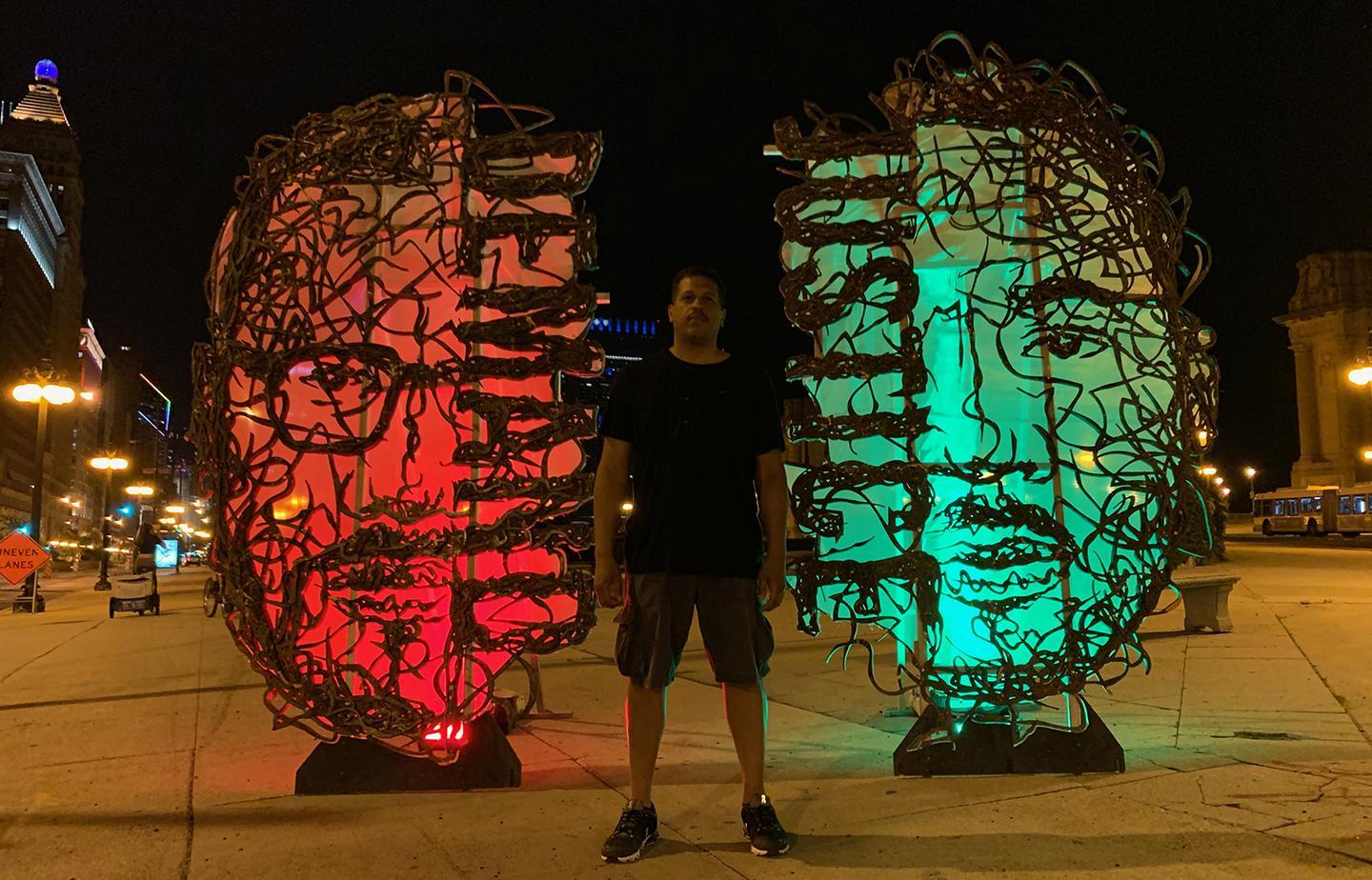Part II: Racism Defined / How Racism Works
Part One of our primer on confronting American racism discussed the creation of racism. We learned racist ideas were concocted to justify the absolute exploitation of African people and pit European workers against them. The concoction and consumption of racist ideas to justify racial inequities and pit groups against one another has continued and evolved uninterrupted for nearly 400 years. After addressing the creation of racism in Part One, today Part Two will clearly define what racism is and how it works so that we can use this understanding to dismantle it.
Original Racism, Puppet Racism, and Conditioned Racism
There is racism based purely on the self-interest of the ruling class who exploited racial groups and then created racist ideas to justify that exploitation. I call this original racism. There is also racism based on working white people’s conscious consumption and adoption of those racist ideas, to their own detriment. I call this puppet racism for reasons that I hope are obvious. It is a result of racialized psychological warfare waged by ruling class whites on the minds of working whites. Lastly, there is racism based on our subconscious consumption and adoption of racist ideas, images, and narratives. I call this conditioned racism.
The Vulnerability of the Human Brain to Conditioned Racial Bias
The subconscious beliefs behind conditioned racism are referred to as implicit bias. Social scientists assert that all people hold these biases to varying degrees. This is important to understand. Human brains are not naturally racist, but our brains do function in a way that makes it possible for us to be manipulated into being racist. This is because our brains have a natural tendency to look for patterns and then create associations that simplify the world for us. This happens without us realizing we’re doing it. Those who seek power and wealth capitalized on this basic tendency of the brain and used it to divide and conquer working people of all colors, including white. They did this by consistently teaching and promoting racist ideas and portrayals of nonwhite people--especially Black people. In the past, these racist ideas were explicitly taught in schools, universities, and pseudoscientific publications. Today, we see those nefarious and inferior portrayals of Black people in television, film, news, and other forms of media and our brains make associations between Black people and the behaviors that Black people are typically portrayed as exhibiting. The result is conditioned racial bias and it’s created by all elements of our culture, from schools to media, to upbringing and social groups.
For many people, these biases operate in the subconscious mind. Others consciously embrace these biases and the racist ideas behind them because they falsely and ignorantly believe that those ideas are in their self-interest. These people then take on a range of identities from white supremacists and skinheads to Fox News commentators and President of the United States. Many white people, however, abhor the idea of white supremacy while not realizing they’ve been conditioned to respond to Black people based on the same underlying racist ideas. When otherwise good people perceive and respond to Black people with bias but don’t realize it, it’s called implicit racial bias.
The Consequences of Conditioned Racial Bias
With this understanding, it is important for us to ask the following question:
What happens when you take racially conditioned and segregated minds and give them the responsibility of managing the education of Black children, interviewing Black job candidates, providing health services to Black people, or policing Black communities?
You get under-resourced schools and students who are more likely to be suspended than intellectually challenged. You get studies that show that people with “black-sounding” names are far less likely to get a callback for a job even when they have the same education and experience as candidates with “white-sounding” names. You get the fact that Black patients are less likely to receive treatment for cardiovascular disease, and are more likely to have unnecessary limb amputations.
In my own life I got a plainclothes Chicago police officer pulling me and my friends over when we ventured to the Northside’s Rainbow Roller Rink as teenagers. He aimed the barrel of his gun at my face while questioning our intentions and telling us to go back to the southside or he’d pull the trigger the next time. I got a group of Chicago policemen brutalizing my 15-year-old body at the 1986 Chicago Bears Superbowl Victory Parade. While in the military I got a Virginia state trooper pulling me and a friend over because, in the trooper’s words, “These kinds of cars have been getting stolen.” While a college student, I got a Champaign police officer shining a flashlight in my face, threatening to give me a ticket, and failing to call an ambulance after I was hit by a wealthy white couple in their Mercedes Benz and knocked off my bike. In my mid-20s, I got another Chicago cop who told me he couldn’t wait for Black people to stage a revolution because “That’s the day I’m going to get to shoot you all down.” In my late 30s, I got a cop who pulled me over and reached for his gun before pausing to berate me in the middle of California Avenue for a moving violation.
In larger American life, we get police officers who shoot a twelve-year-old boy holding a toy gun, kill Black men reaching for their wallets, and choke a Black man to death for selling cigarettes. More importantly, you get a justice system so aloof to the loss of these Black lives that their consistent indifference--signaled by their failure to punish officers who murder Black people--gave a white Minneapolis police officer so much confidence in the absolute worthlessness of Black life that he strangled a Black man in daylight while knowingly being filmed. George Floyd’s murder is not simply the fault of Derek Chauvin and his accomplices. It is the fault of the failure of national, state, and local justice systems to give police the sense that Black life matters by punishing officers who abuse Black people. It is the fault of every institution and individual in American culture that produces the conditioned racial bias at the heart of police murder of Black people and is behind the indifference that American people and institutions have toward taking the life of a human being it defines as Black.
The Relationship Between Implicit Racial Bias and Racism
When I write about ending racism in this section, I’m referring to conditioned racism. Entirely different strategies are needed to fight original racism and puppet racism. With that said, if our goal is to end racism, then I believe it is useful to look at racism as the second stage of a two-stage process. Stage 1 is racial bias. Stage 2 is racism. Racial bias consists of implicit or explicit prejudices or assumptions about members of a racial group. Racism occurs when a person acts on those assumptions.
For example, when a teacher feels as if Black students won’t succeed if given challenging work, that’s bias. When that same teacher fails to give challenging work to those students, that’s racism. If a mayor believes the majority of African American students won’t amount to anything, that’s bias. If he shuts down dozens of their schools, that’s racism. If a hiring manager feels uneasy about the competence of Black workers, that’s bias. If that manager fails to interview a Black worker as a result of that bias, that’s racism. When an officer is conditioned to feel as if a Black person is a danger to him, that’s bias. If the officer shoots that Black person, that’s racism.
It’s important to note that your bias is unlikely to express itself as an explicit thought. It comes to you as more of a feeling. That’s what makes it so dangerous. When the bias surfaces, you will likely experience it as your “gut,” your instincts, or even as an emotion. What we all have to come to grips with is that our guts have been hijacked, our instincts reprogrammed, and our emotions manipulated by a lifetime of slanted imagery, one-sided narratives, exclusions of fact, and physical and social segregation from the targets of the war on our minds.
Summary of Part II and Preview of Part III
In Part 2 I have explained three types of racism and I took a deep dive into the third type, conditioned racism, to discuss how good well-meaning people can behave in racist ways without knowing it or intending to do so. I gave examples of the impact of racist behavior, and discussed how to recognize the biases at the root of it.
Part III, “Dismantling Racism: How We Move Forward,” will be released on Friday at 8:00 AM. It will illuminate institutional racism and suggest actions that can be taken to end both individual and institutional racism. It focuses on the root of racism--the division and exploitation of working people--by offering strategies and tactics for us to come together not just to fight racism, but to reach the goal that racism itself was designed to prevent: ensuring that working people get a fair share of the public and private wealth that we produce.
Resources
Understanding Bias, Racism, and the Ruling Class
STAMPED FROM THE BEGINNING: THE DEFINITIVE HISTORY OF RACIST IDEAS IN AMERICA, BY IBRAM KENDI (BOOK)
Invisibilia: The Culture Inside, by NPR (Podcast)
Address at the Conclusion of the March from Selma to Montgomery (Starts at 00:09:20:00. Ends at 00:15:12:00) by Martin Luther King (YouTube Video of Audio Speech).
MLK Day Address: A Framework for Ending Racism, by Troy LaRaviere (YouTube Video)
Race: The Power of an Illusion, by PBS and California Newsreel (Video Series).
Biased: Uncovering the Hidden Prejudice That Shapes What We See, Think, and Do, by Jennifer L. Eberhardt
43 must-read books about racism for adults and kids, by Anika Read (Chicago Sun-Times article).
The Shock Doctrine: the Rise of Disaster Capitalism, by Neomi Klein (book).
Capital in the Twenty-First Century, by Thomas Piketty.
“Hi, I’m Bonnie, and I’m a Racist”: In Racists Anonymous, the first step is admitting you have a problem,” by Will Greenberg (article).
Dying of Whiteness: How the Politics of Racial Resentment Is Killing America's Heartland, by Jonathan Metzl.
Organizing for Meaningful Systemic Change
NO SHORTCUTS: ORGANIZING FOR POWER IN THE NEW GILDED AGE, BY JANE MCALEVEY (BOOK)
Origins of the Civil Rights Movement: Black Communities Organizing for Change, by Aldon Morris (Book).
Why David Sometimes Wins: Leadership, Organization, and Strategy in the California Farm Worker Movement, by Marshall Ganz (Book).
- Roots for Radicals: Organizing for Power, Action, and Justice, by Edward Chambers (Book).
- Labor Notes. (Website).

